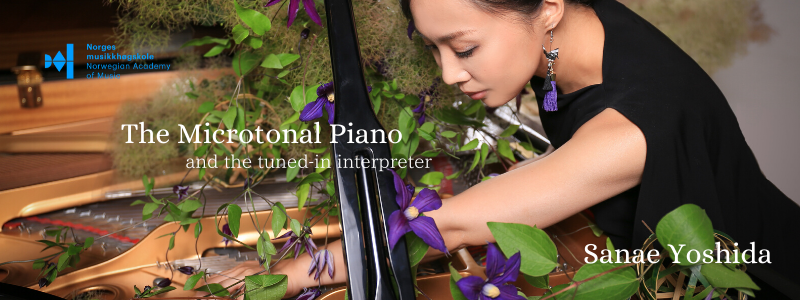Old bamboo tuning forks have been handed over to from the older to the newer generations in every village, and metal percussion instruments are created based on the tuning forks. Therefore, the tuning will be different for each village. Gamelan emphasizes the beating. The skill of the performer is evaluated by how good the beating sound can be played1Music in Java: History Its Theory and Its Technique (1949/1973) edited by Jaap Kunst, ISBN 90-247-1519-9. An appendix of this book includes some statistical data on intervals in scales used by gamelans..
(…)it is considered an insult to copy the exact tuning of an old or sacred tuning set(…) No wish for standard tuning, as they appreciate the subtle differences, and variation.2Lindsay, Jennifer. Javanese Gamelan. New York. Oxford University Press. 1979. Print.
Gamelan musicians play for them selv, not for any big audience. No soloist/virtuosity. 3Lindsay, Jennifer. Javanese Gamelan. New York. Oxford University Press. 1979. Print.
Debussy4during the World Exhibition in Paris in 1889 found interest in the cyclical (not the goal-oriented western). In Debussy’s words traditional forms are “goal-oriented” where musical forms develop ideas and reach climaxes. In contrast to this, gamelan music form is more cyclic, where music forms do not represent time-progress but rather the oriental view of endless cycles. “Perhaps the most important inspiration Debussy found in Javanese music was not any particular musical technique or sound, but rather the general notion that there could be a well-developed, powerful, and beautiful music that had developed totally outside and often in contradiction to, the established rules and conventions of western European music”5Hugh, Brent. “Claude Debassy and the Javanese Gamelan.” Brenthugh.com. 1998. Web. 2 December, 2012. http://brenthugh.com/debnotes/gamelan.html

